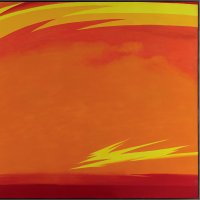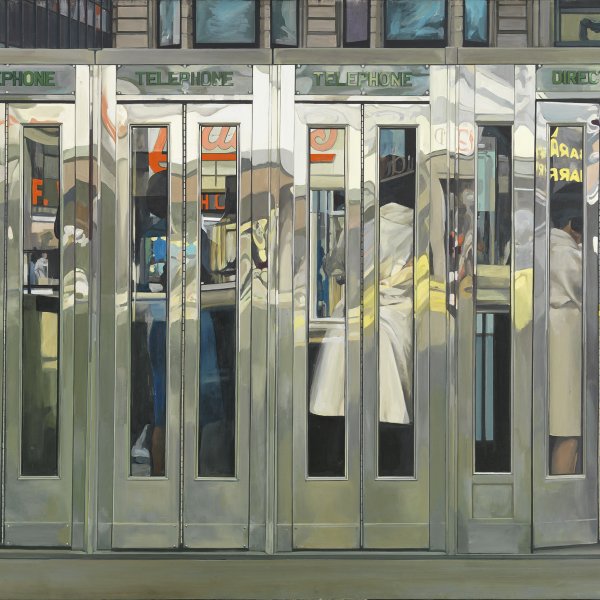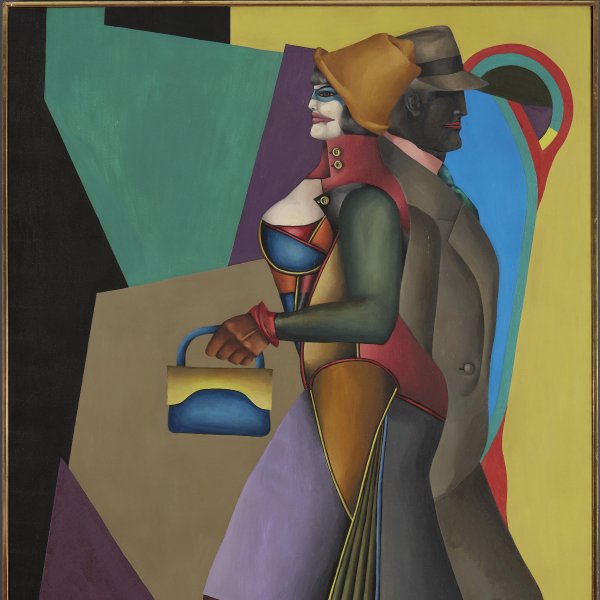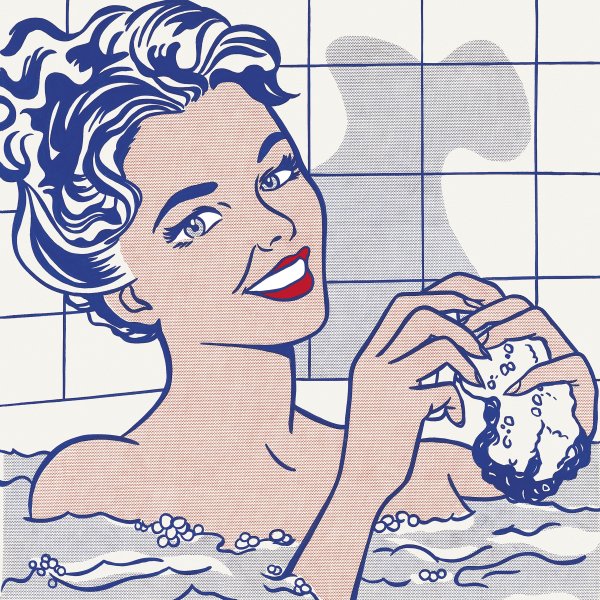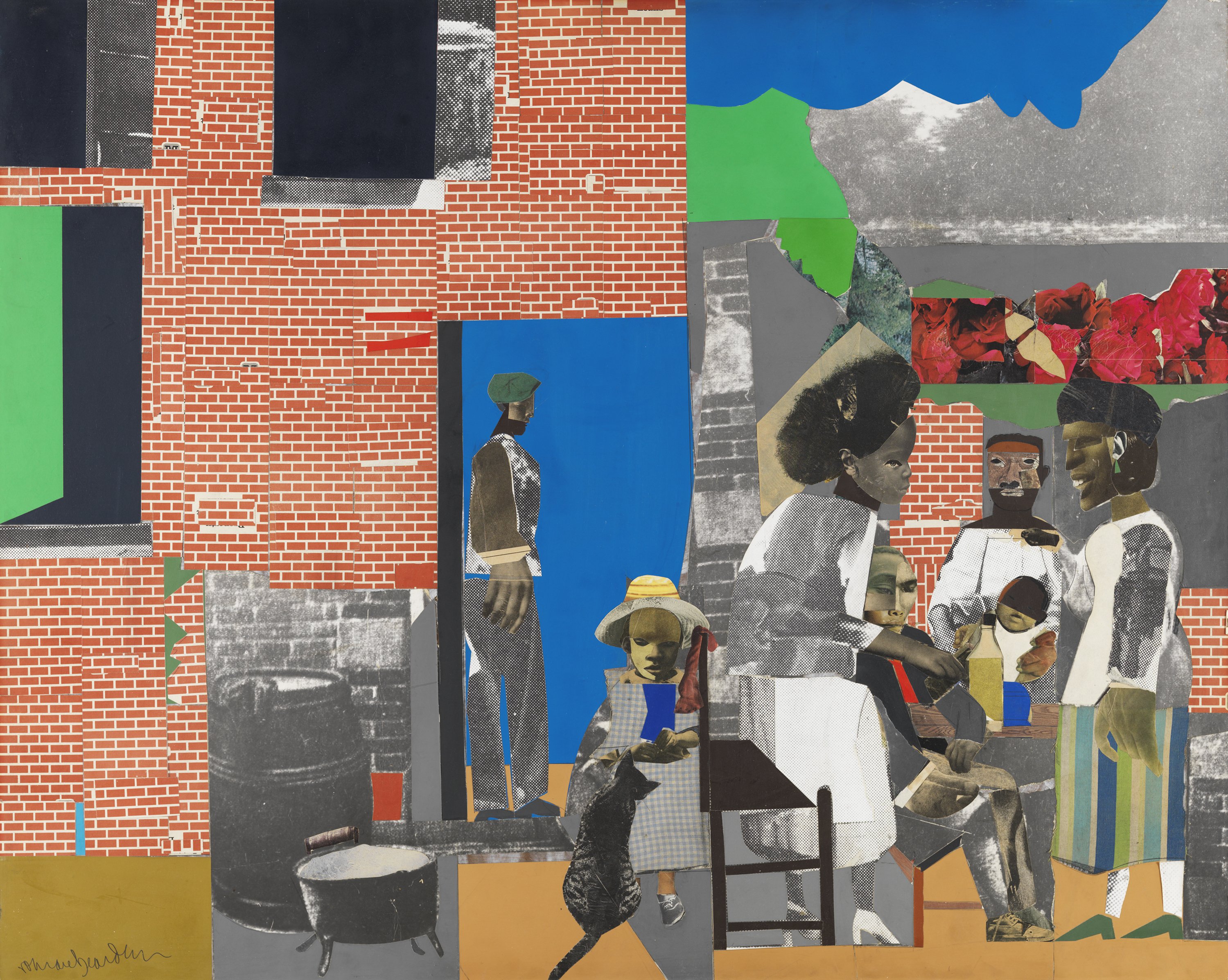Sunday After Sermon
In 1963, shortly before Martin Luther King’s march on Washington, Romare Bearden, who belonged to an African American family that emigrated to Harlem from the southern state of North Carolina in 1914 during the Great Migration, met up with a group of black artists in his studio in that district of New York to debate on what stance to adopt with respect to civil rights. Together they established Spiral, a short-lived group that set out to produce collages on socially committed themes. Thenceforward collage became an important narrative instrument for Bearden, who had studied under George Grosz at the Art Students League. His collages generally depict everyday settings, personal experiences and scenes of ritual or social practices, pieced together from cuttings from magazines and catalogues, painted paper and reproductions of works of art, to which he sometimes adds sprayed on paint or touches of chalk and graphite.
Sunday after Sermon 1969, a street scene in which several people chat to each other after the weekly church service, is a large collage combining newspaper and magazine cuttings with a few fragments of painted paper. Bearden’s shrewd portrayal of a trivial event that was frequent in the life of African Americans makes this simple depiction a social and moral metaphor.
The collage belonged to the Cordier & Ekstrom Gallery in New York, founded by Arne Ekstrom in conjunction with the Daniel Cordier gallery in Paris, where Marcel Duchamp, Man Ray, Isamu Noguchi, Richard Lindner and Bearden himself exhibited their work, among others.
Paloma Alarcó

